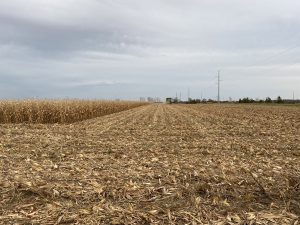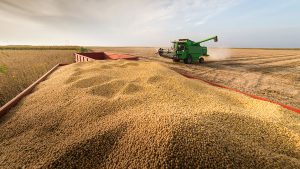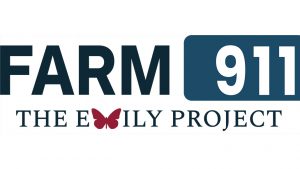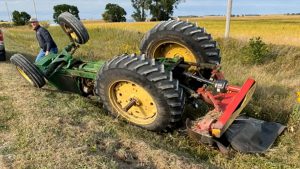Harvest decisions
FROM THE CEO'S DESK

GRAIN FARMERS ARE faced with daily decisions that affect the quality of their crop and the profitability of their farm. The decisions made at harvest time can be the most difficult to make — and the summer wheat harvest was a good example of that for many.
Strong quality and high yields were expected from wheat fields as harvest time approached. Dry conditions allowed farmers to get the first of the crop off in early July — and then the rain hit. The wet weather persisted on and off for most of the month creating a dilemma for farmers. We had to decide if we would harvest our wheat at a higher moisture level and pay drying charges, or let it dry in the field and lose quality which could result in a lower grade and a lower price at the elevator.
In my wheat field — luckily, quality held up until I was able to harvest at the end of July.
But I know the costs associated with drying or waiting can sway your decision in one direction or another. The added expense of the federal carbon tax now weighs heavily in this decision.
Bill C-206, which would provide an exemption for grain drying from the carbon tax, was passed to the Senate before the summer recess. It was great to see the support it received from our elected officials who helped move it through the House of Commons. They seemed to recognize that not only is the carbon tax a financial burden for farmers, but it is also a barrier to producing safe food for human consumption. Grain drying is crucial to preserving the quality of grains. Wheat buyers in particular have high standards that must be met to maintain consistency in baking and ensure the safety of products that go directly into the human food supply chain.
A fall election will put an end to any chances of this Bill making it into law, but we are hoping the carbon tax rebate included in the most recent federal budget will come to fruition — because with fall now upon us we will once again be making decisions about when to harvest and how high of a drying cost we will incur.
It is difficult to optimize your operation when you are faced with added costs that directly hit your bottom line. An effective rebate would put money back into the pockets of farmers — money that can be invested into improved environmental practices in the field, invested into upgrades to equipment, and invested into the local economy of the communities where we live. And hopefully, that will make some decisions just a little bit easier to make. •




















